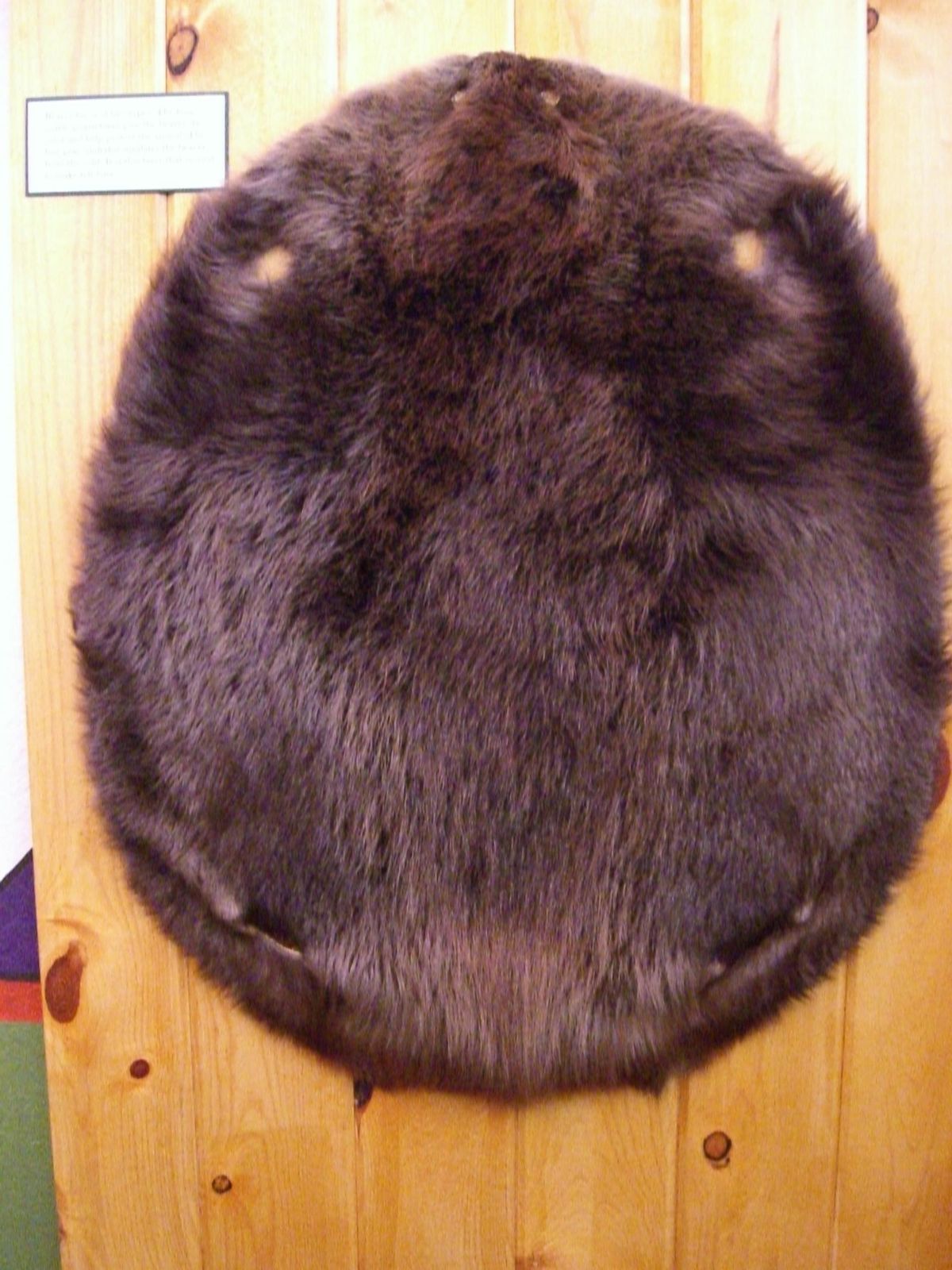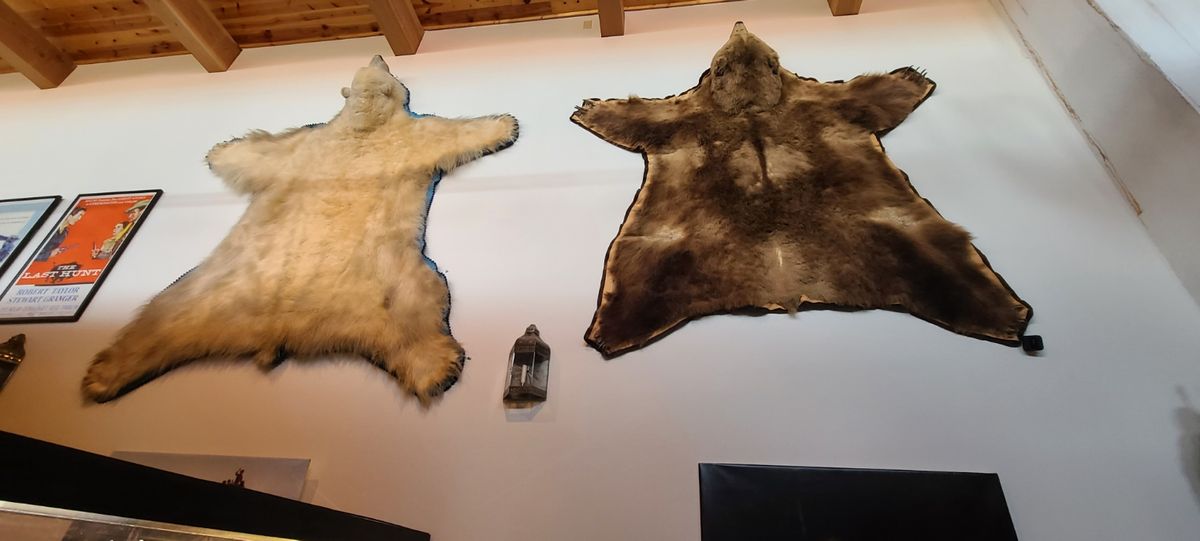About
New York City would hardly be the place it is today without towns like Chadron, Nebraska. John Jacob Astor’s sprawling American Fur Company relied on trading posts throughout North America like the one at Chadron to provide the pelts that would make him the richest man in the world, and later allowed him to invest heavily in New York real estate development.
The Museum of the Fur Trade and its comprehensive collection sits on the location of James Bordeaux's trading post, first established in 1837 as a nexus for traders all over the Great Plains. After the extinction of beavers in Europe, American trappers were badgered for beaver pelts by those unable to hide their enthusiasm for elegant hats. Otter, bear, deer, bison, raccoon, and skunk were among the many other skins traded, but by the mid-19th century the demand for American fur had waned considerably, and Bordeaux’s trading post was eventually abandoned.
Today, the post has been painstakingly reconstructed from its ruins and is now on the National Register of Historic Places. Ambling among the various buildings, visitors are unlikely to encounter any beavers, but rattlesnakes may offer a distinctive greeting. The adjacent museum follows not only the history of the fur trade, but also all of the activities and cultural influences that were integral parts of an extensive historical landscape. Native American tribes feature prominently in the museum’s displays, especially their artwork and trade items including beads, silver, an extensive collection of firearms, and blankets, most notably the oldest known “point blanket,” a style made famous by the Hudson's Bay Company.
Upon entering a cavernous gallery with bark canoes suspended from the ceiling, Leonardo DiCaprio fans will be pleased to see a display of movie props for The Revenant, for which the museum staff served as consultants. And just as the film recounts the life, and near death, of fur trappers, the gallery depicts every element of daily life on the Great Plains and the hardships that pelted the inhabitants. So, for a truly hair-raising experience, head hell-for-leather to northwest Nebraska.
Related Tags
Know Before You Go
The museum is very easy to find along Route 20 just outside town. Be sure to visit the museum shop, which has one of the best museum bookshops.
Community Contributors
Added By
Published
July 4, 2019



































































